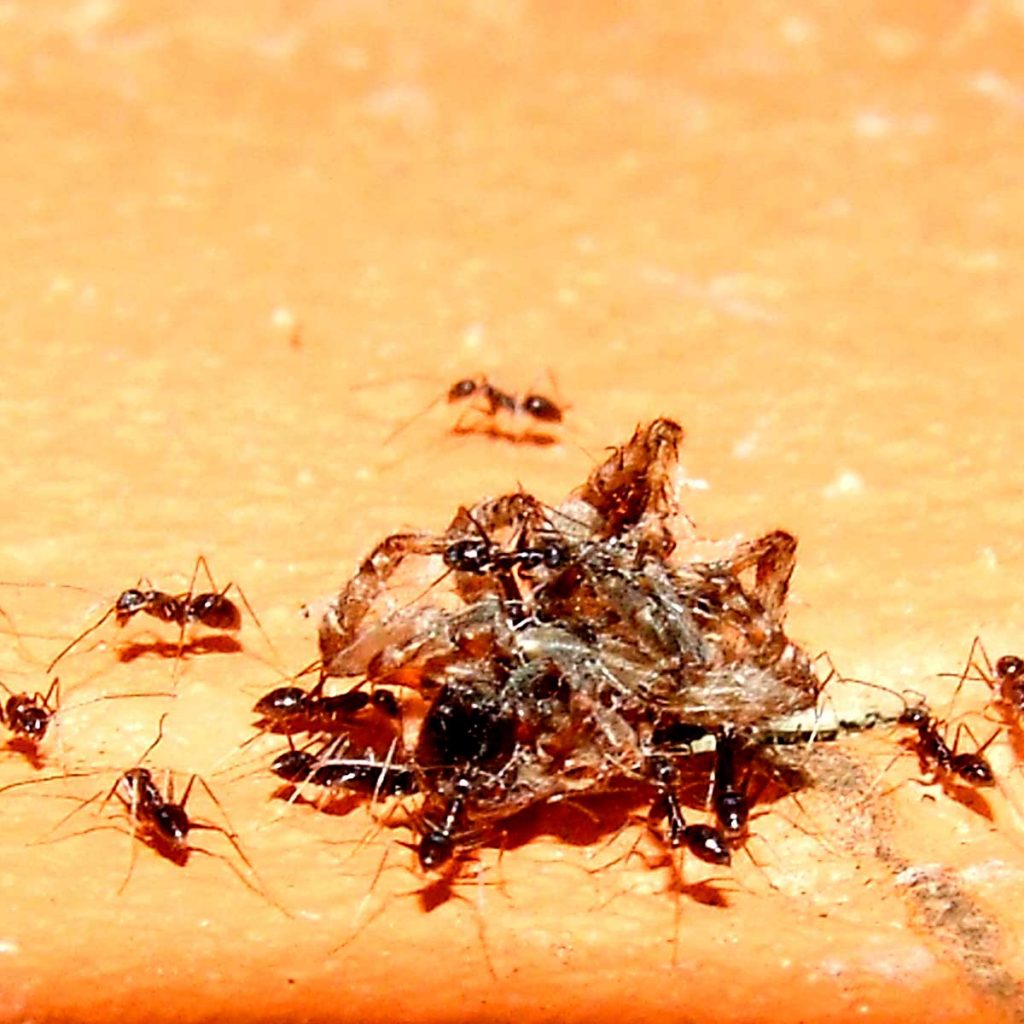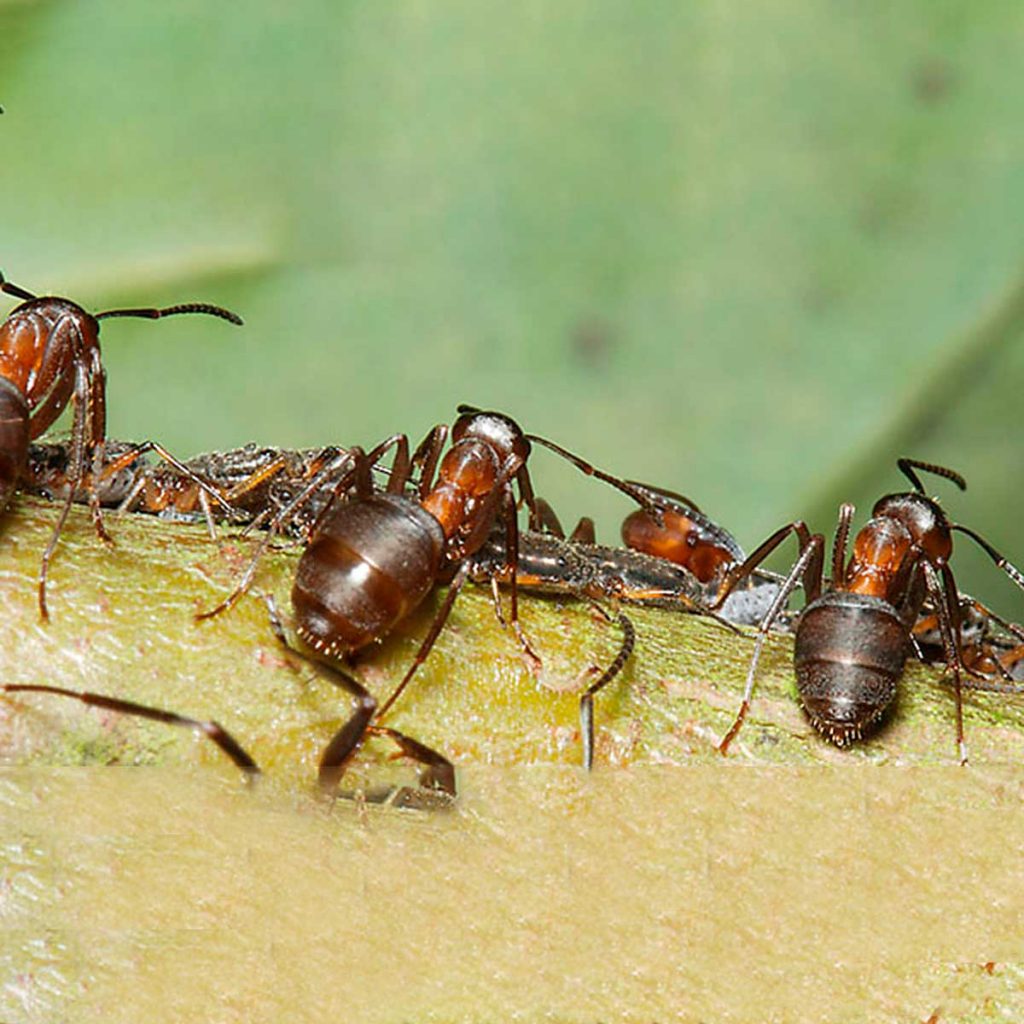Skip to content
Life Cycle
- There are 11 ant species in NZ
- Ants are different from other insects.
- They have antennae and glands
- Ants have an exoskeleton i.e. body armour.
- Ants don’t have lungs
- Ants have compound eyes which detect movement but poor vision
- The 2 antennae or feelers detect airflow vibrations and transmit and receive signals through touch.
- 2 strong jaws called mandibles which they use to carry food, move objects, construct nests and for defence
- Ants can carry loads many times heavier than themselves
- There are four stages: egg, larva, pupa and adult.
- Only the queen ants lay eggs.
- Fertilised eggs produce female ants.
- Unfertilised eggs produce males.
- The larvae (stage 2) is most does not move and is cared for by the workers who regurgitate liquid food which is shared
- The larvae has a series of 5 moults (shedding the body armour) before entering the pupa stage
- Winged male ants called drones hatch alongside winged females
- The worker spends the first few days of its adult life serving the queen and the young ants in the colony
- Ants form nests or colonies.
- Some colonies have about 100 ants while others have hundreds of thousands.
- Colonies consist of males, queen ants and workers.
- They all have different jobs to keep the colony growing.
- The males and queens have wings, and fly in swarms.
- After mating, the queens drop to the ground and chew off their wings.
- Then they dig a hole where they lay their eggs and start a new colony.
- The workers are females, without wings.
- Worker ants feed the larvae
- Food consists of dead bugs and other solid food.
- But adult ants feed only on nectar or the juice of fruit.
- They also squeeze liquid from their prey (including live and dead bugs).
- Ant colonies can survive for up to 30 years as can the queen
- Worker ants can live up to 3 years
- Males are short lived maybe 3 weeks only
Ant Activities
- Research how the female ant becomes a queen
- Why do you think the queen chews off her wings before laying her eggs?
- Describe by drawing a half page picture of the ant’s antennae
- Under the drawing suggest why this antenna was designed this way?
- Ants are excellent communicators, how is this done?
- Prepare a 2 minute speech on the topic of ants and ask your teacher if you can share it with the class.
- Draw the life cycle of an ant in picture form
- In each of the stages list 3 or 4 interesting facts that you have learned







